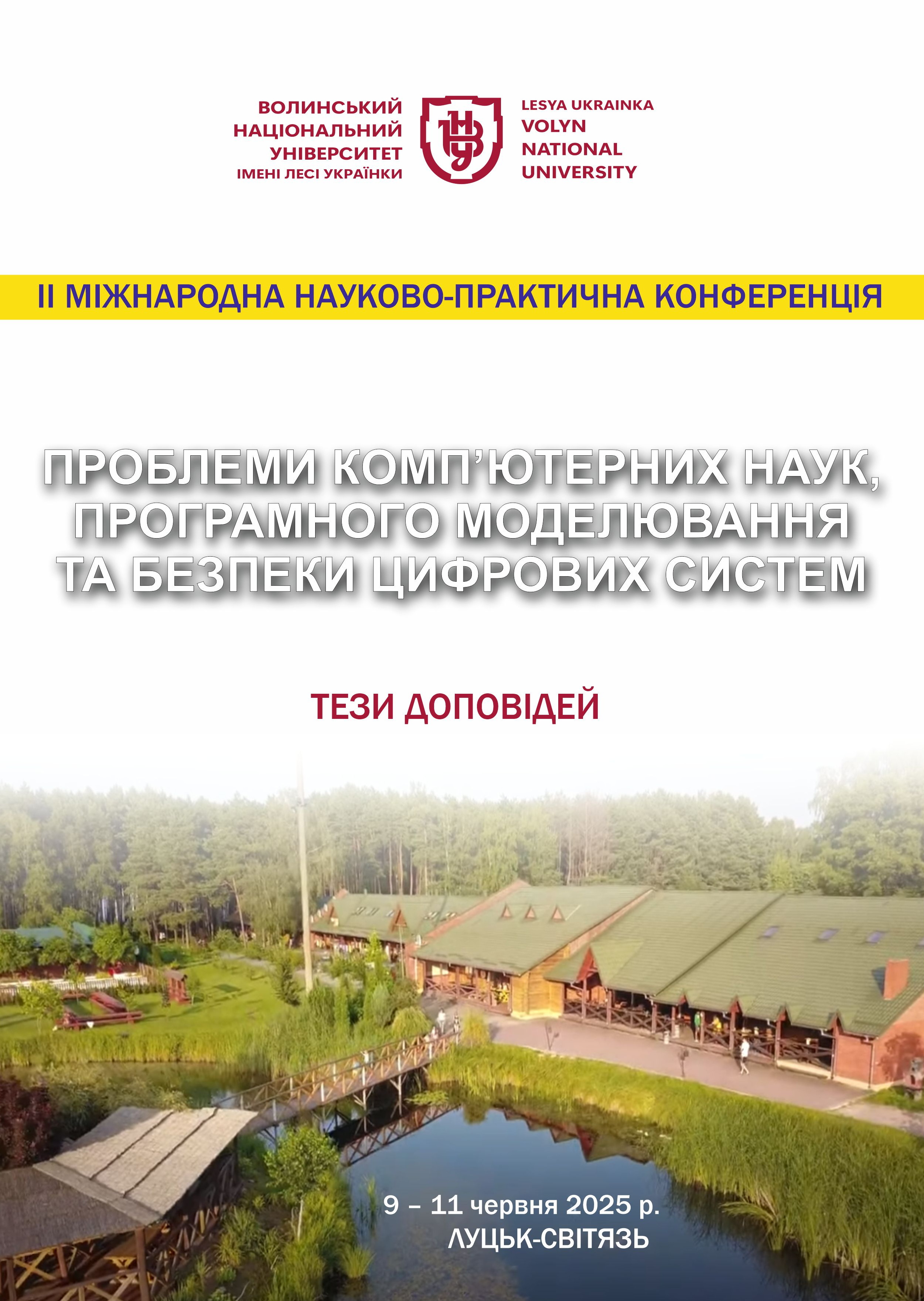REVIEW OF THE PROSPECTS OF PROCEDURAL GENERATION ALGORITHMS’ PERFORMANCE IN COMPUTER GAMES
Keywords:
Procedural content generation, Voronyi diagram, Fortune's algorithm, Perlin noise, Genetic algorithm, Graph rewritingAbstract
In the modern computer game industry, which is rapidly evolving and demands increased interactivity, realism and scalability of game systems, procedural generation algorithms have become an integral part of development. These algorithms enable the automatic creation of large volumes of content – from landscapes and levels to quests, narratives, and even graphic elements such as textures, materials and 2D/3D models. However, the performance of such algorithms directly depends on their time and space complexity, which becomes a critical factor when generating content in real time or on less powerful devices. Therefore, this analysis considers modern approaches to procedural content generation, particularly algorithms based on noise functions (Perlin noise, fractional Brownian motion), generative grammar (graph rewriting), space partitioning methods (Fortune’s algorithm for Voronyi tessellation) and genetic algorithms. In this regard, a detailed review of the prospects for optimization procedural content generation of these algorithms is relevant, which will allow choosing the most suitable solutions for specific game projects and ensuring a balance between content quality, performance, and visual appeal.
References
MacWha R. Generating Digital Worlds Using Perlin Noise. Medium. URL: https://medium.com/nerd-for-tech/generating-digital-worlds-using-perlin-noise-5d11237c29e9.
Brucks R. Getting the Most Out of Noise in UE4. Unreal Engine. URL: https://www.unrealengine.com/en-US/tech-blog/getting-the-most-out-of-noise-in-ue4.
Dalefield E. Distributed Architecture for Procedural Terrain Generation in Video Games : Master's Thesis. Wellington, 2024. 75 с. URL: https://openaccess.wgtn.ac.nz/articles/thesis/Distributed_Architecture_for_Procedural_Terrain_Generation_in_Video_Games/25658514?file=45770220.
McCollum J. An introduction to graph rewriting for procedural content generation. The Shaggy Dev. URL: https://shaggydev.com/2022/11/20/graph-rewriting/.
Mount D. CMSC 754: Lecture 11 Voronoi Diagrams and Fortune’s Algorithm. URL: https://www.cs.umd.edu/class/spring2020/cmsc754/Lects/lect11-vor.pdf.
afuzzyllama. VoronoiDiagramUE4: Voronoi Diagram with Fortune's Algorithm implementation. GitHub. URL: https://github.com/afuzzyllama/VoronoiDiagramUE4.
Kraner V., Fister I., Brezočnik L. Procedural Content Generation of Custom Tower Defense Game Using Genetic Algorithms. SpringerLink. URL: https://doi.org/10.1007/978-3-030-75275-0_54.
Пиріг Я. Оцінка обчислювальної складності генетичного алгоритму. Інфокомунікаційні технології та електронна інженерія. 2024. Вип. 4, № 1. С. 52–60. URL: https://doi.org/10.23939/ictee2024.01.052.
Shimer C. BSP trees in 3D worlds. Computer Science | Worcester Polytechnic Institute | CS563, Advanced Topics in Computer Graphics. URL: http://web.cs.wpi.edu/~matt/courses/cs563/talks/bsp/bsp.html.
Merrell P. Example-Based Procedural Modeling Using Graph Grammars. ACM Transactions on Graphics. 2023. Т. 42, № 4. С. 1–16. URL: https://doi.org/10.1145/3592119.





